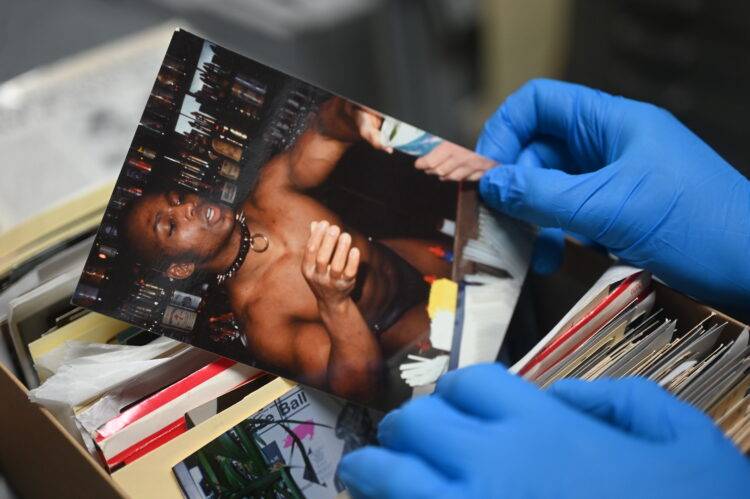
“This belongs in a museum.” The famous Indiana Jones quote probably makes you think of ancient artifacts and masterpiece paintings. But have you ever seen a ball gag or a spanking bench displayed in a museum?
The Leather Archives & Museum, housed in Chicago’s Rogers Park neighborhood, is a living legacy of fetish culture. Through a combination of its archive, museum, library, and auditorium, the LA&M accomplishes its mission statement of, “making leather, kink, BDSM, and fetish accessible through research, preservation, education, and community engagement.”
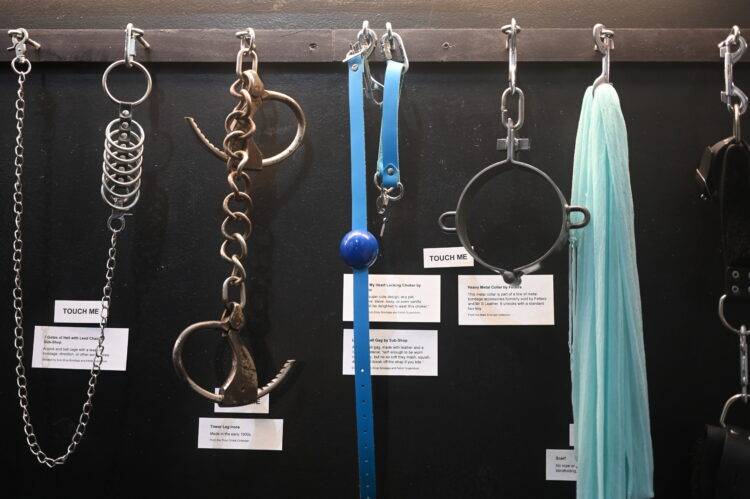
The LA&M’s archival collection is open for anyone to use for research, and archivist Mel Leverich is there to help you navigate the collection that ranges from fetish gear to zines to photographs to leather jackets to a massive collection of pins and patches. The archives house materials from the 1950s to today.
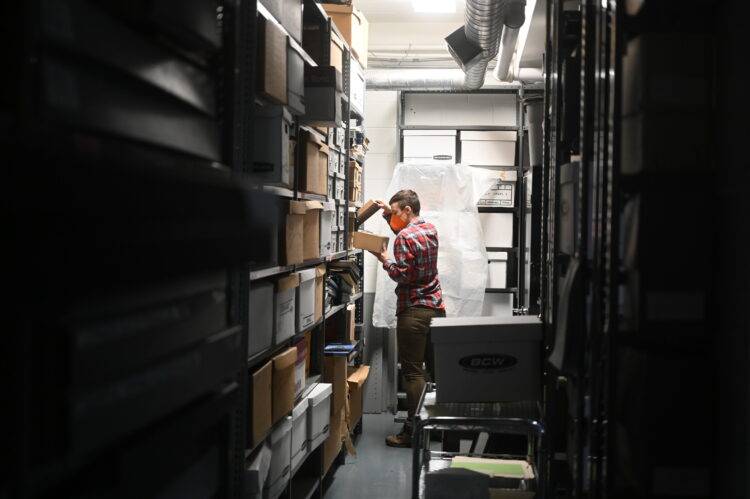
“The LA&M is one of a kind. There is no other,” said SAIC professor Kirin Wachter-Grene and former LA&M visiting scholar, researching Black women’s historical, manifold involvement with leather, fetish, and kink communities
Leather is a subculture coming out of gay men’s motorcycle clubs in the 1950s and ‘60s, but it has evolved a great deal over time. Kink is an umbrella term that identifies anything sexual that isn’t within the realm of normative sex, and fetishes are about the enjoyment of a particular experience or object, including leather. BDSM is a kink but it also refers to sexual relationships engaged in powerplay. “These communities historically have been highly marginalized and suppressed and censored. If you’re kinky, if you’re involved in these communities, there’s not a lot of places where you can express that without being censored in some way,” said Leverich.
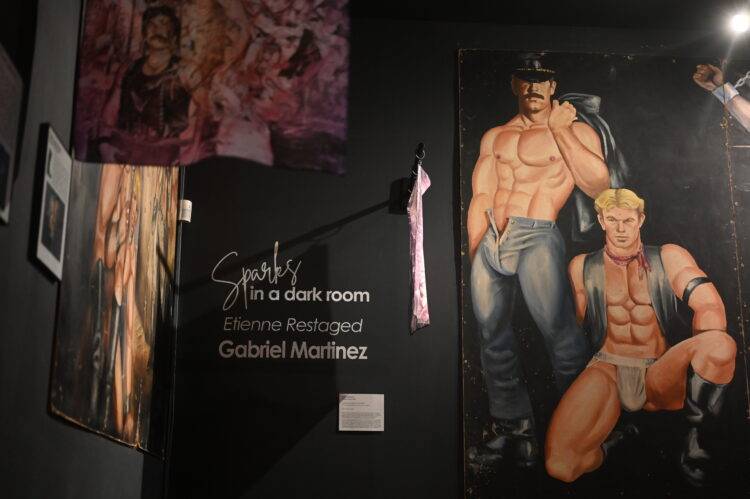
“Kink, BDSM, fetish, leather — I mean those are some of the ways that people live every day expressing themselves, sexually and radically in relation to others and to self. To me, it’s just absolutely devastating to think about that material living in darkness forever or disappearing,” said Wachter-Grene. She added, “That’s why it’s so important because if the Leather Archives wasn’t collecting this stuff, no one would.”
The LA&M was founded by Chuck Renslow and Tony DeBlase. Renslow was a local LGBTQ+ businessman, gay activist, and photographer. Meanwhile, DeBlase, who worked at the Field Museum, founded DungeonMaster Magazine and designed the leather pride flag. Leverich explained that the LA&M started as a small shop front on Clark Street, and quickly outgrew the space, moving into its current location in 1996.
“It was founded in the ‘90s by people who were donating their friends’ and lovers’ materials who were people who died from AIDS related complications at that time when it was just a plague against queer people who the government was more than happy to see wiped off the face of the Earth. It was a way of honoring a life,” said Wachter-Grene.

Leverich explained that their favorite type of material in the archive is personal accounts. Leverich also stressed that when people donate materials today, they should not overlook that emails, texts, and social media are equally important forms of documentation.
Despite leather clubs being started by white, gay men, the leather and kink community is for anyone.
“There’s a very strong active women’s leather community. There are people of all identities involved in the leather community. There are leather clubs specifically by and for trans people. There are leather clubs specifically by and for people of color, and, obviously, tons of clubs that are open to everybody,” said Leverich.
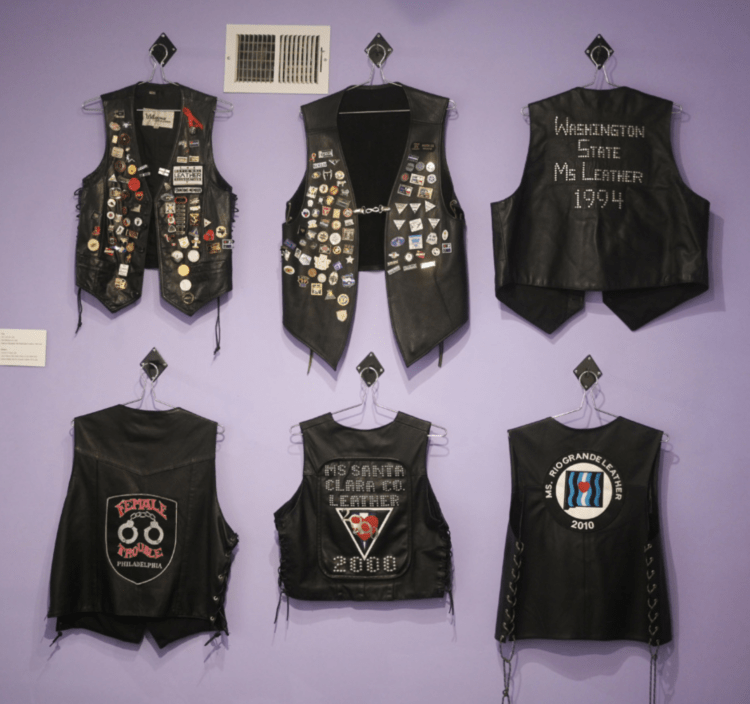
The museum in particular works to highlight the many different identities within the kink community. For example, one exhibit, which Wachter-Grene made a point to highlight in her interview, is dedicated to and about Mistress Velvet, a Chicagoan Black, non-binary dominatrix, activist, and social worker as a way of honoring her life after her passing in 2021. The museum regularly spotlights modern LGBTQ+ artists’ work and has two important spaces geared toward community building and learning. Their non-lending library is free to the public and has books on queer and kinky histories, graphic novels, zines, and an entire back wall of pulp fiction erotica. Additionally, they host regular monthly events including kink classes and film screenings in their auditorium.
Correction: The print edition misidentified that Kirin Wachter-Grene guest curated the Leather Archives and Museum exhibit dedicated to Mistress Velvet. Wachter-Grene interviewed Mistress Velvet in an issue of “The Black Scholar” which she guest-edited.







